As Novak Djokovic navigates the 2025 tennis season, a chorus of voices from the tennis world—analysts, former stars, and fans alike—are weighing in on his current form and future prospects. The narrative is shifting. Terms like “downward slope,” “beginning of the end,” and “new reality” are increasingly used alongside the champion’s name. It’s a stark contrast to the aura of invincibility that once surrounded him. One of the most notable sentiments comes from a former ATP player, who described watching Djokovic in 2025 as “very weird”. This sentiment encapsulates the broader sense of change and uncertainty that now permeates discussions about the Serbian legend’s career.
The “Weirdness” Factor: A Shift in Perception
What exactly makes it “weird” to watch Novak Djokovic in 2025? Several factors contribute to this evolving perception:
The Fading Aura: For years, Djokovic possessed an aura of invincibility, intimidating opponents before they even stepped on the court. Now, that aura has diminished. Players no longer see him as an insurmountable obstacle, and this shift in mentality changes the dynamics of every match. As Todd Woodbridge, an Australian tennis legend, noted, “They know they have a chance against this version of Novak”.
The Rise of the Next Gen: The emergence of young stars like Carlos Alcaraz and Jannik Sinner has disrupted Djokovic’s dominance. These players possess the talent and fearlessness to challenge him consistently, pushing him to his limits and capitalizing on any perceived weaknesses.
Inconsistent Form: Djokovic’s 2025 season has been marked by inconsistency. Early exits, unexpected losses, and struggles to maintain his peak level have become more frequent. This contrasts sharply with his past performances, where he consistently reached the final stages of major tournaments.
The Murray Partnership: Djokovic’s decision to bring Andy Murray, a former rival, into his coaching team raised eyebrows. While the move was initially met with excitement, the partnership has yet to yield significant results, leading some to question its effectiveness. As one analyst put it, “It’s very strange to watch Novak playing tennis because he had an entire aura of invincibility during the entirety of our careers…I don’t see the Murray partnership paying off”.
A Season of Struggles: Key Moments and Turning Points
Djokovic’s 2025 season has been a rollercoaster, filled with both promise and disappointment. Several key moments highlight the challenges he has faced:
Australian Open Exit: Djokovic’s quest for a record 11th Australian Open title was derailed by a hamstring injury sustained in the quarterfinals. This setback not only prevented him from adding to his Grand Slam tally but also cast doubt on his physical condition.
Miami Open Final Loss: After a strong run at the Miami Open, Djokovic fell short in the final against Jakub Mensik, a 19-year-old Czech player. This loss denied him the chance to win his 100th ATP title and marked Mensik’s breakthrough moment. Djokovic admitted, “Very weird match, weird day with rain delay and all the things happening…Honestly, yeah, I didn’t feel my greatest on the court, but it is what it is”.
Monte Carlo Masters Upset: Djokovic’s clay-court season got off to a rocky start with a shocking defeat to Alejandro Tabilo in the second round of the Monte Carlo Masters. Djokovic described his performance as “horrible” and apologized to the fans, stating, “Today has been something like my worst day”.
Madrid Open Loss: Djokovic’s struggles continued at the Madrid Open, where he suffered another early exit, losing to Matteo Arnaldi. This defeat further fueled speculation about his form and future.
The Physical Toll: Is Father Time Catching Up?
At 38 years old, Novak Djokovic is facing the inevitable physical challenges that come with age. Injuries, fatigue, and a slight dip in his physical abilities have become increasingly apparent.
Recurring Injuries: Djokovic has battled knee and hamstring injuries in the past year, raising concerns about his long-term fitness. These injuries have disrupted his training schedule and affected his performance on the court.
Diminishing Returns on Serve Returns: One of Djokovic’s greatest strengths has always been his exceptional return game. However, recent statistics reveal a minor dip in this area, suggesting that his reflexes and timing may be slowing down.
Stamina and Recovery: The physical demands of professional tennis are immense, and Djokovic may be finding it more difficult to recover between matches and tournaments. This could explain some of his inconsistent performances and early exits.
Motivation and Mindset: What Drives Djokovic Now?
As Djokovic approaches the twilight of his career, questions arise about his motivation and mindset. Having achieved almost every possible milestone in tennis, what continues to drive him?
Grand Slam Focus: Djokovic has made it clear that his primary focus is on Grand Slam tournaments. He is less concerned with smaller events and more driven by the pursuit of major titles.
The 25th Grand Slam: Djokovic is currently tied with Margaret Court for the most Grand Slam titles (24). Winning a 25th major would cement his legacy as the greatest of all time and provide a significant source of motivation.
The 100-Title Milestone: Djokovic is also close to reaching the milestone of 100 ATP titles. This would place him in an elite group alongside Jimmy Connors and Roger Federer.
Representing the “Older Generation”: Djokovic has expressed a desire to “stay there and represent the older guys, the older generation” as new stars emerge. This sense of responsibility and pride could be a motivating factor.
Expert Opinions: A Range of Perspectives
Tennis analysts and former players offer a range of perspectives on Djokovic’s current situation and future prospects:
Nicolas Escude: The former French player has made a bold prediction that Djokovic may never win another Grand Slam title, citing his “downward slope” and the rise of younger players.
Andrea Petkovic: The former player believes Djokovic’s focus will be solely on the Australian Open and Wimbledon, suggesting he will “not give a flying f about any of the tournaments apart from the Australian Open and Wimbledon”.
Todd Woodbridge: The Australian tennis legend believes Djokovic’s “once-unassailable aura is fading,” forcing him to reassess his approach.
Paul Annacone: The renowned coach suggests that Djokovic’s slight dip in form is due to playing less frequently.
The Road Ahead: Challenges and Opportunities
Despite the challenges and uncertainties, Novak Djokovic remains a formidable force in tennis. He possesses the experience, skill, and mental fortitude to overcome adversity and compete at the highest level.
Clay-Court Season: Djokovic will be aiming to regain his form during the clay-court season, with Roland Garros as his main target. However, he acknowledges the difficulty of adjusting to the surface and the unpredictable nature of early clay-court tournaments.
Wimbledon: Djokovic has a strong record at Wimbledon, and it remains a prime opportunity for him to win a 25th Grand Slam title.
The Olympics: Djokovic has already achieved his long-avowed goal of winning Olympic gold.
Adapting and Evolving: To remain competitive, Djokovic will need to adapt his game, manage his physical condition, and maintain his motivation.
The Legacy: Secure, but Still Being Written
Even if Djokovic never wins another major title, his legacy as one of the greatest tennis players of all time is secure. However, the final chapters of his career are still being written, and he has the opportunity to add to his already remarkable story. Whether he can silence his critics, defy the odds, and reclaim his dominance remains to be seen. But one thing is certain: the tennis world will be watching with great interest. As Djokovic himself stated, “The sport will outlive everyone, and the sport is more important than anybody individually”.



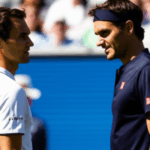
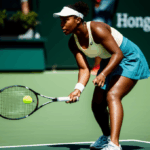
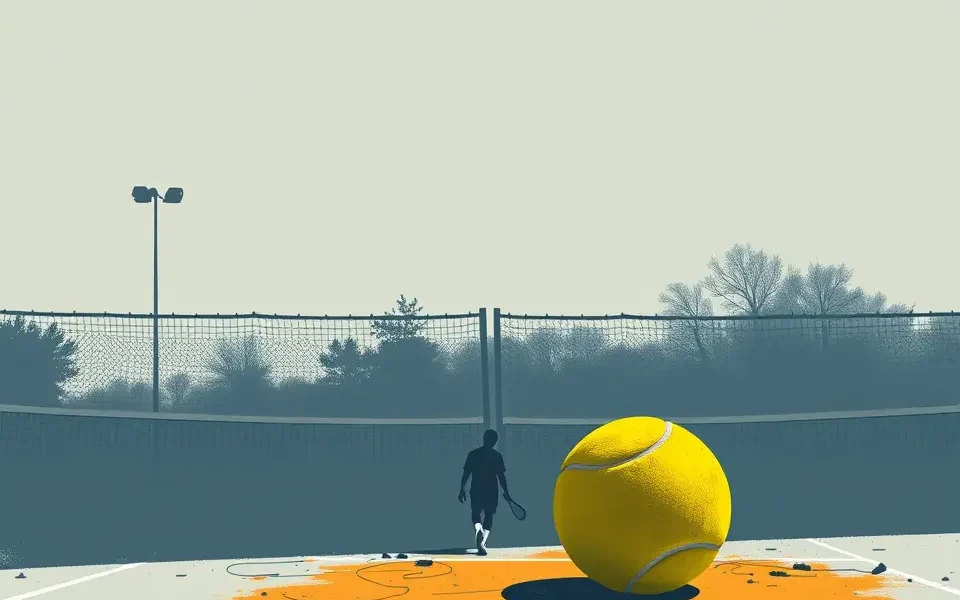
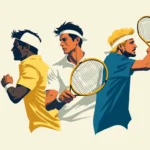
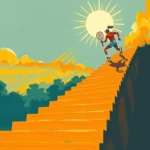
No Comment! Be the first one.